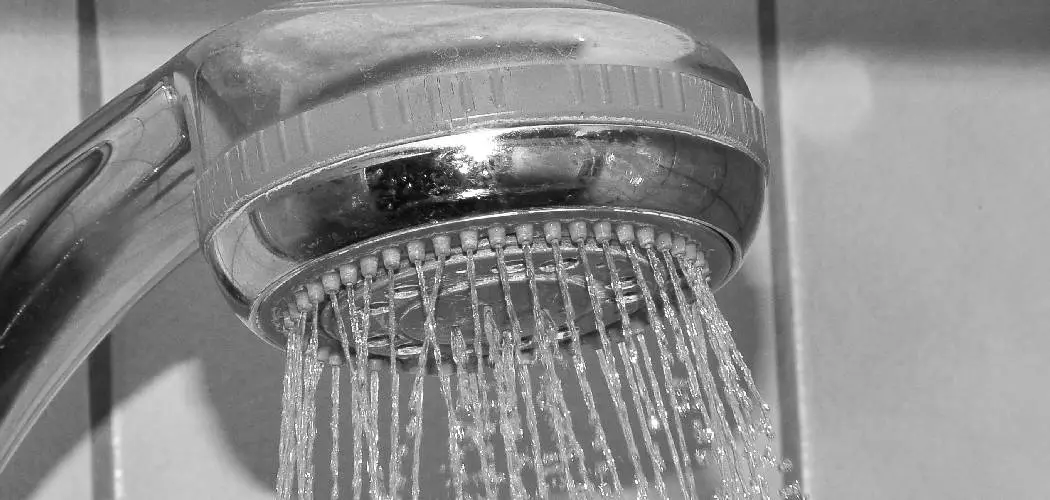A lackluster shower with weak water pressure can be an exasperating and underwhelming way to start or end the day. Fortunately, you don’t have to resign yourself to subpar showers. If you’ve been wondering how to increase your shower head’s water pressure and enjoy a more invigorating bathing experience, you’ve come to the right place. In this article, we will explore how to increase shower head water pressure.
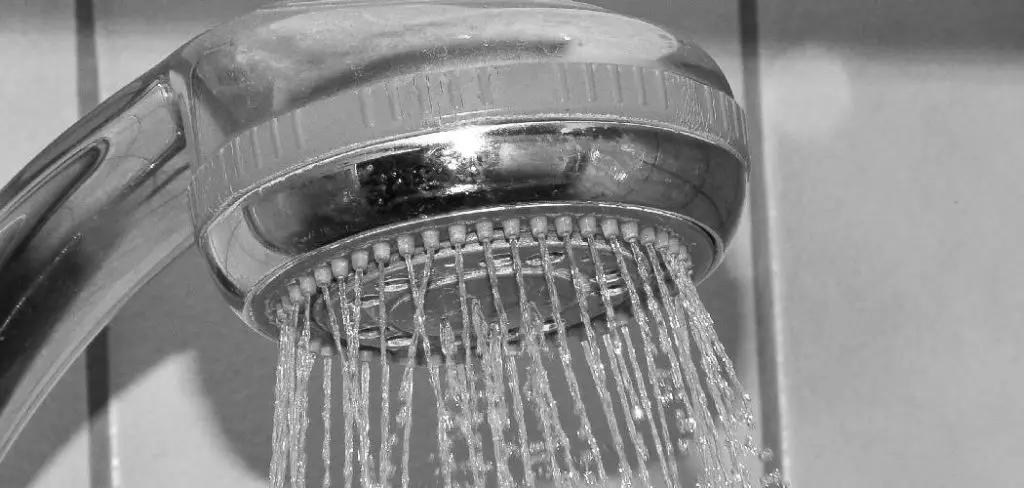
From straightforward cleaning methods to more advanced adjustments like installing a high-pressure shower head or addressing plumbing issues, we’ll cover a range of solutions. Whether your water pressure woes are caused by mineral buildup, outdated fixtures, or other factors, this guide will provide you with the insights and steps needed to turn your lackluster shower into a revitalizing oasis of strong, soothing water flow.
Importance of Adequate Shower Head Water Pressure
One of the most frustrating things about taking a shower is when the water pressure is inadequate. It can leave you feeling unsatisfied and unable to properly rinse off soap or shampoo from your body. This is why having adequate water pressure in your shower head is so important.
Not only does proper water pressure ensure a more enjoyable showering experience, but it also has practical benefits. For one, it can save you time and energy, as you won’t have to spend extra minutes trying to rinse off. In addition, proper water pressure also helps improve the overall hygiene of your bathroom by ensuring better cleaning and disinfection.
Having adequate shower head water pressure is also important for those with certain health conditions. For example, individuals with low blood pressure may benefit from the increased blood flow and stimulation that comes with a strong shower spray. Similarly, those with chronic pain or muscle tension may find relief from the pressure of a powerful water stream.
In addition to these practical benefits, having proper water pressure in your shower can also be a matter of safety. A weak shower spray can make it difficult to properly wash away soap or shampoo, which could lead to accidents and falls due to slippery surfaces. Adequate water pressure can also help prevent the growth of bacteria, mold, and mildew in your shower stall.
Overall, it is clear that having adequate shower head water pressure is essential for both comfort and practical reasons. By maintaining proper water pressure, you can ensure a more enjoyable shower experience, save time and energy, improve hygiene, and even promote better health and safety. So if you are experiencing low water pressure in your shower, it’s worth investing time and effort to increase it for a better overall bathing experience.
10 Methods How to Increase Shower Head Water Pressure
1. Clean the Shower Head
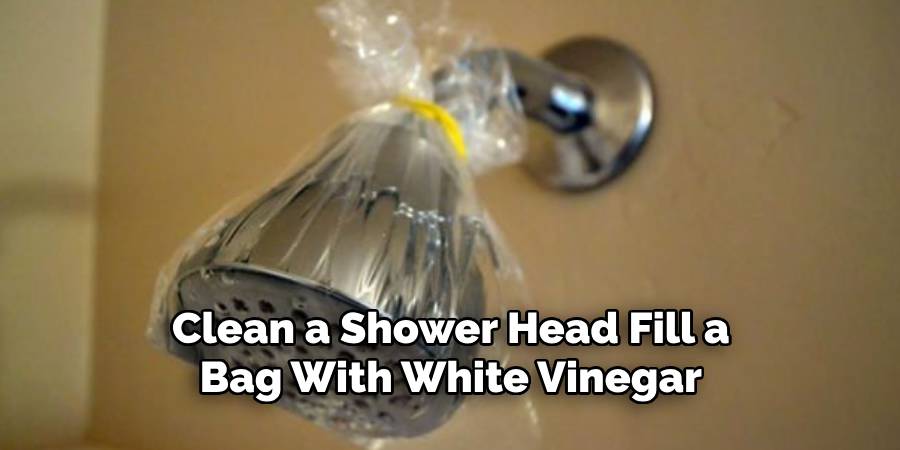
One of the easiest and most effective ways to increase shower head water pressure is to clean the shower head itself. Over time, mineral deposits can build up on the inside of the shower head, reducing water flow and pressure. To clean a shower head, fill a bag with white vinegar and attach it to the shower head using a rubber band or string. Let it soak for at least an hour before removing it and rinsing off any remaining residue.
2. Check for Leaks
Another potential cause of low water pressure is leaks in the plumbing system. If there are any leaks in your pipes, they may be causing water to be lost before it reaches your shower head, resulting in lower water pressure.
To check for leaks, inspect all of your pipes for signs of corrosion or damage, such as discoloration or wet spots on walls or floors near pipes. If you find any signs of leakage, contact a plumber to have them fixed as soon as possible.
3. Increase Water Pressure from the Source
If your home has low water pressure from its source (e.g., city water supply), then you may need to increase it in order to get better performance from your shower head. This can often be done by adjusting a valve located near your main water supply line—check with your local utility company if you’re unsure how to do this safely and correctly.
4. Install an Aerator
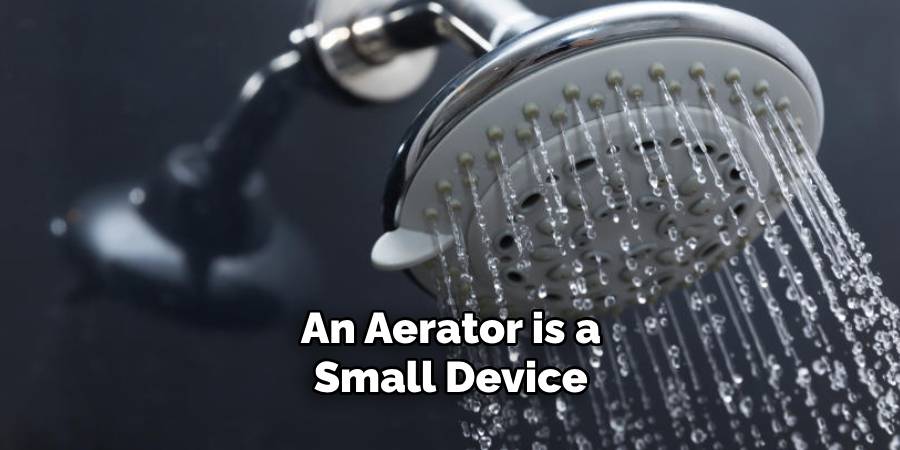
An aerator is a small device that attaches to the end of a faucet and mixes air into the flow of water coming out, which can help increase both water flow and pressure without increasing consumption or cost significantly. Installing an aerator on your showerhead is an easy way to boost its performance without breaking the bank.
5. Replace Old Plumbing Fixtures
If you have older plumbing fixtures (e.g., valves) installed in your home, then they may not be able to handle higher levels of water pressure efficiently due to their age and wear-and-tear over time—this could lead to reduced performance from your showerhead even when other factors are taken care of properly (e.g., cleaning).
Replacing older fixtures with newer ones designed for higher levels of pressure can help improve performance significantly over time without having to make major changes or investments elsewhere in your plumbing system
6. Install a Pressure Balance Valve
A pressure balance valve is designed specifically for showers—it helps regulate incoming hot and cold water so that you get consistent temperatures while also helping maintain steady levels of pressure throughout use even when other factors (e.g., temperature) change suddenly during use (which can cause sudden drops in pressure).
Installing one on your existing setup can help ensure that you always get maximum performance from your showerhead regardless of external factors beyond its control
7. Install a High-Pressure Shower Head
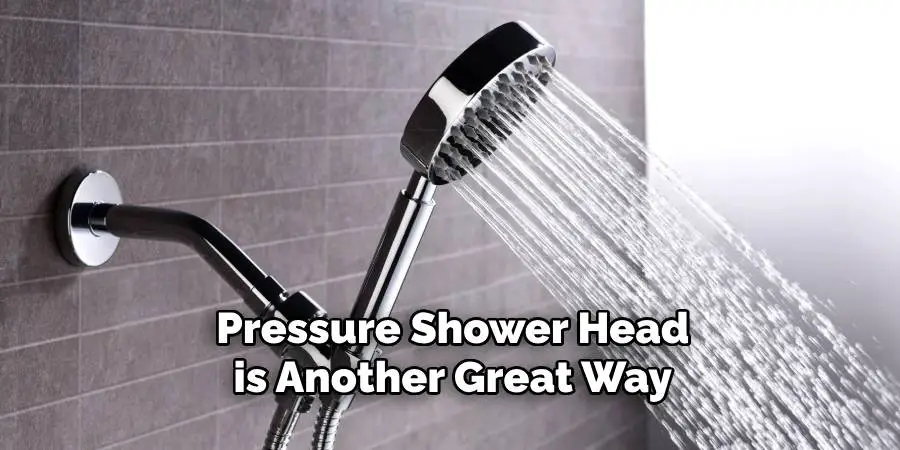
If all else fails, installing a high-pressure shower head is another great way to increase overall performance from your existing setup—these types of heads are specifically designed with more holes/nozzles than traditional models so that they deliver more powerful streams even at lower levels of incoming water pressure than normal models require in order to perform optimally
8. Adjust Your Hot Water Heater Temperature Setting
The temperature setting on most hot water heaters usually ranges between 120°F – 140°F—if yours is set too low, then this could be causing reduced performance from some fixtures due to insufficient heat transfer through pipes leading up to them (which affects overall flow/pressure). Increasing this setting slightly should help improve overall performance across all fixtures connected without making drastic changes elsewhere
9. Replace Old Pipes
Replacing old pipes with new ones made out of more modern materials such as PVC or copper can also help improve overall flow/pressure within certain areas significantly since these materials are less prone to clogging due to corrosion buildup over time like traditional metal pipes often do
10. Check Your Main Shutoff Valve
If none of these solutions work, then checking/adjusting the main shutoff valve attached directly onto incoming lines leading into your house may be necessary since it controls how much total volume/pressure enters into each fixture connected—if this valve was installed incorrectly then it could be preventing full amounts from entering into certain fixtures even when everything else is working correctly. Contact a professional plumber for assistance in this situation if needed.
Things to Consider When Increasing Shower Head Water Pressure
When it comes to increasing shower head water pressure, there are a few things to keep in mind. It’s important to understand the different factors that can affect water pressure and how you can optimize them to achieve your desired result. Here are some key points to consider when attempting to increase your shower head water pressure:
Check your home’s main water supply.
The first thing to do is check your home’s main water supply. If there are any issues with the main supply, this could be the root cause of low water pressure in your shower. Make sure to examine the pipes leading up to your shower as well, as they can also contribute to low pressure.
Clean or replace clogged shower head.
Over time, mineral deposits and debris can build up in your shower head, causing clogs and reducing water flow. If you notice reduced pressure, try cleaning or replacing your shower head to see if that improves the situation.
Remove any flow restrictors.
Some shower heads come with built-in flow restrictors designed to conserve water. While this may be beneficial for conservation purposes, it can also lead to lower water pressure. If your shower head has a flow restrictor, consider removing it to increase water flow.
Upgrade your shower head.
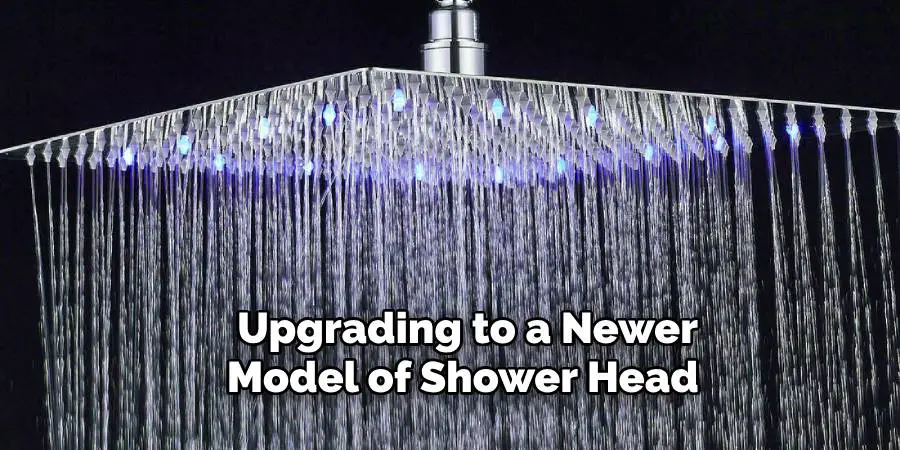
Sometimes, simply upgrading to a newer model of shower head can make a big difference in water pressure. Look for high-pressure models or those with adjustable settings that allow you to customize the water flow to your preference.
Consider installing a water pressure booster.
If you’ve exhausted all other options and still can’t achieve the desired water pressure, you may want to consider installing a water pressure booster. These devices can help increase water flow throughout your home, including in the shower.
Conclusion
In conclusion, increasing water pressure from a shower head doesn’t have to be a complicated task. With the right tools and knowledge, it can be done with relative ease. The most common causes of low water pressure in a shower are debris deposits restricting the flow of water, worn-out washers and old pipes.
To increase the pressure in your shower head, check all parts for any defects and debris build up, replace the washers on the taps if necessary and clean out any clogged pipes. By doing so, you can help ensure that your shower head will work optimally and provide you with just the right amount of pressure at all times. So don’t wait – if you’re looking to find out how to increase shower head water pressure, now is the time to act!

